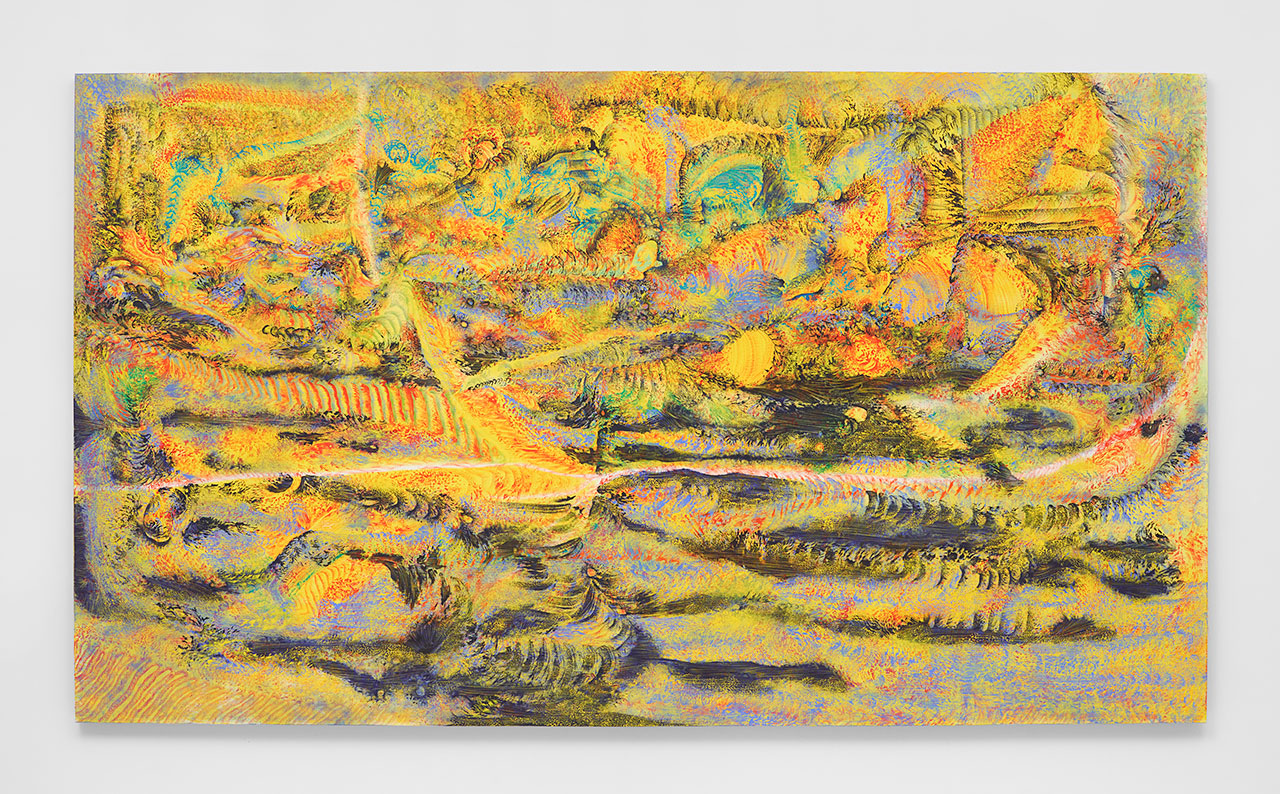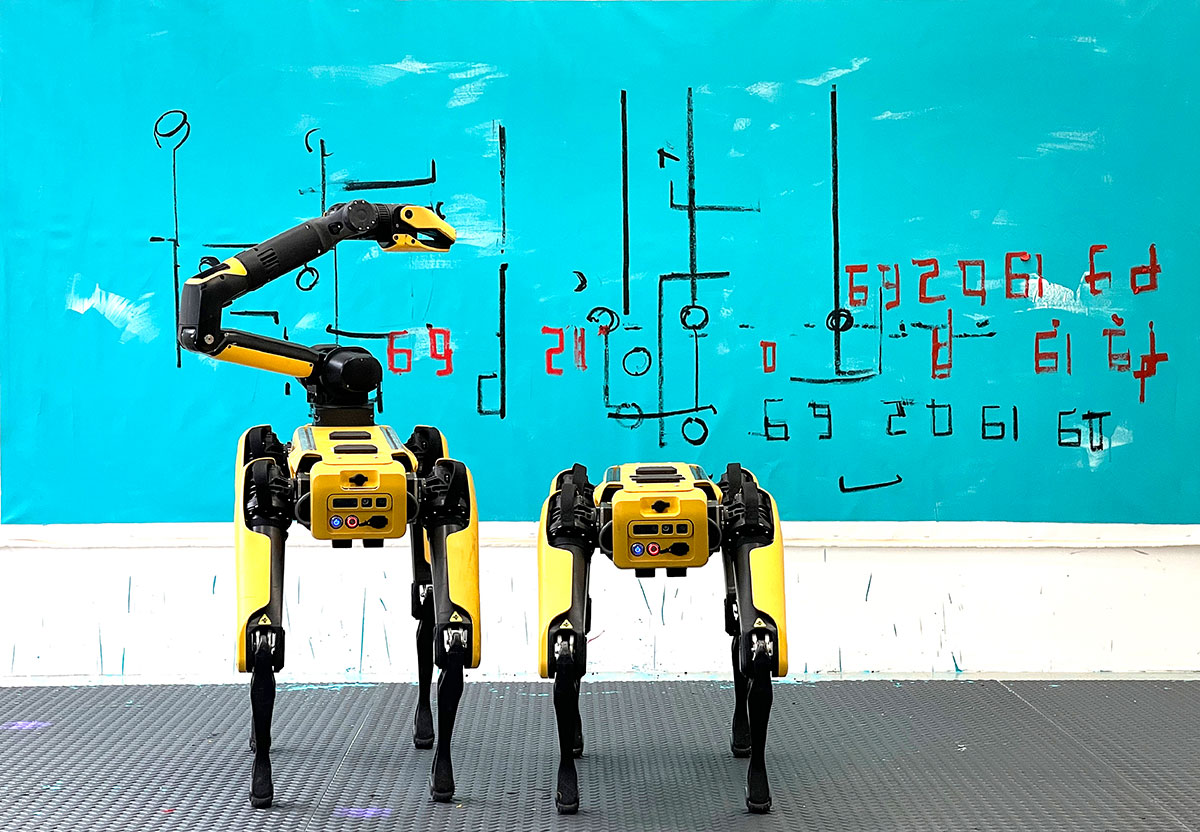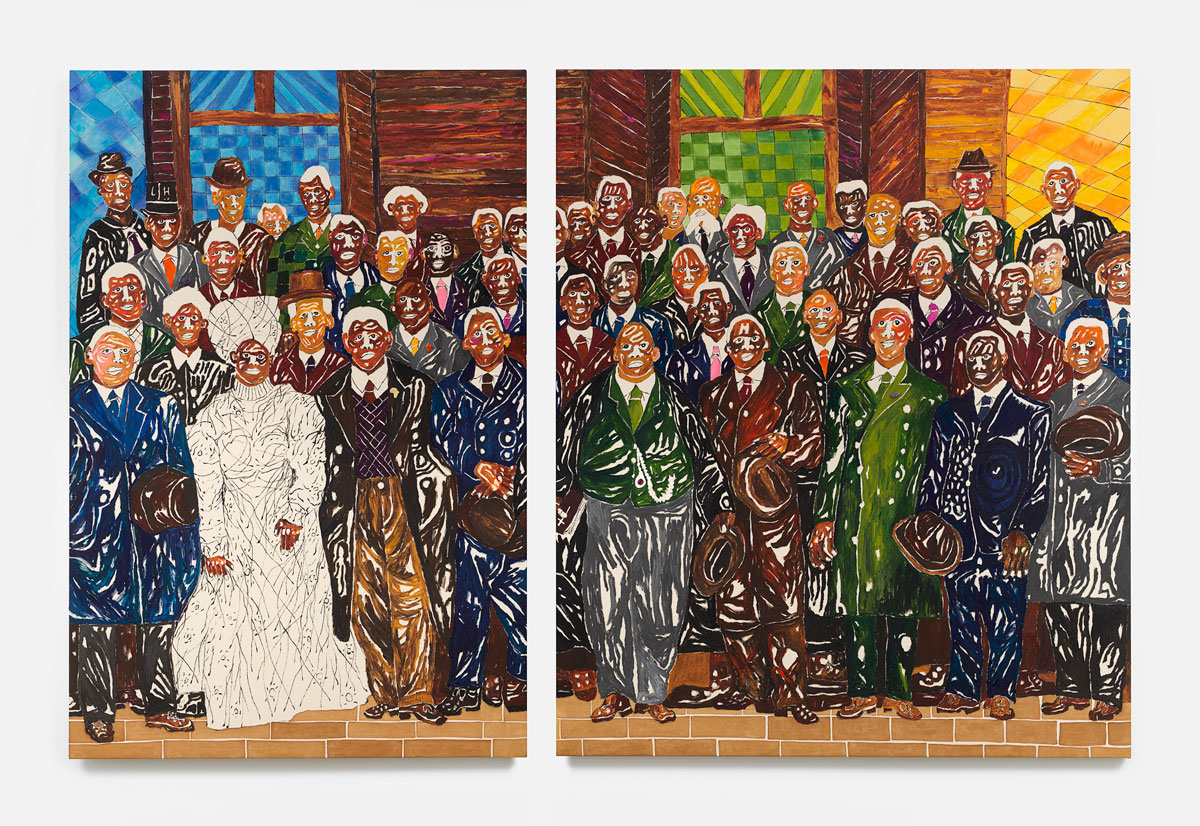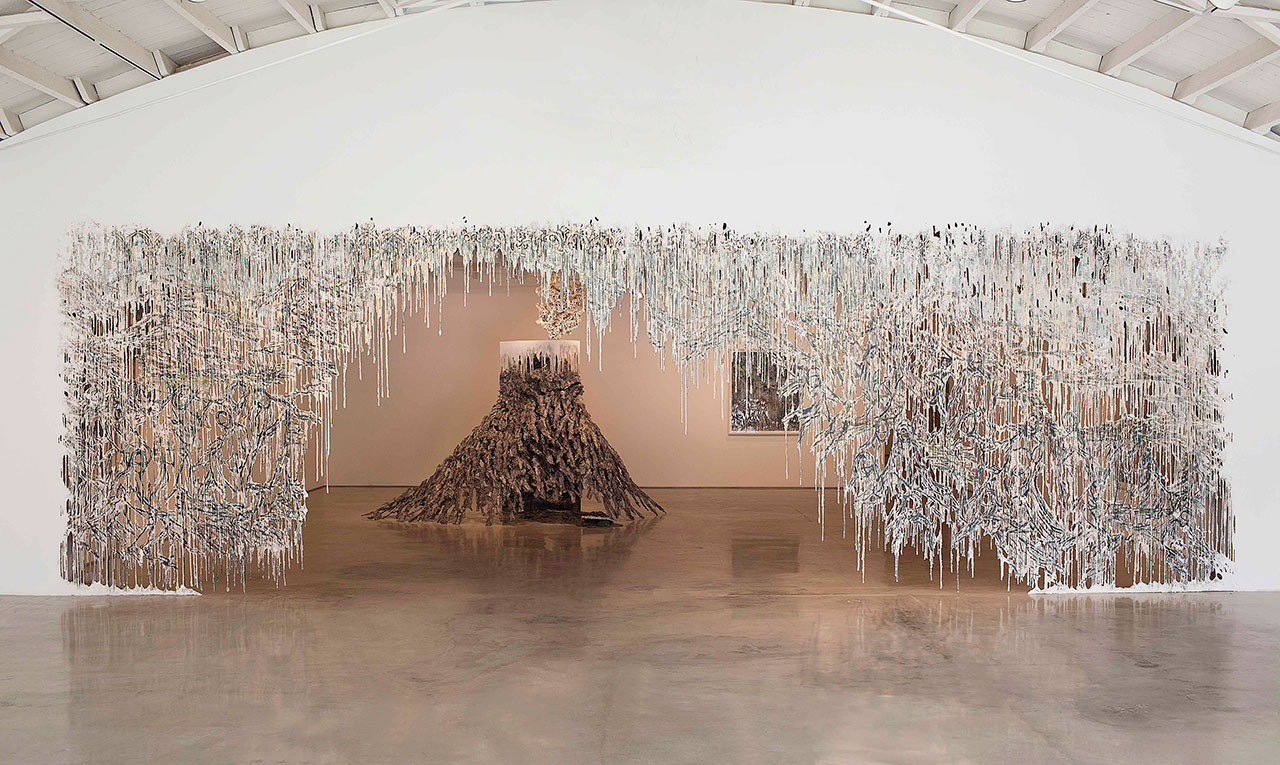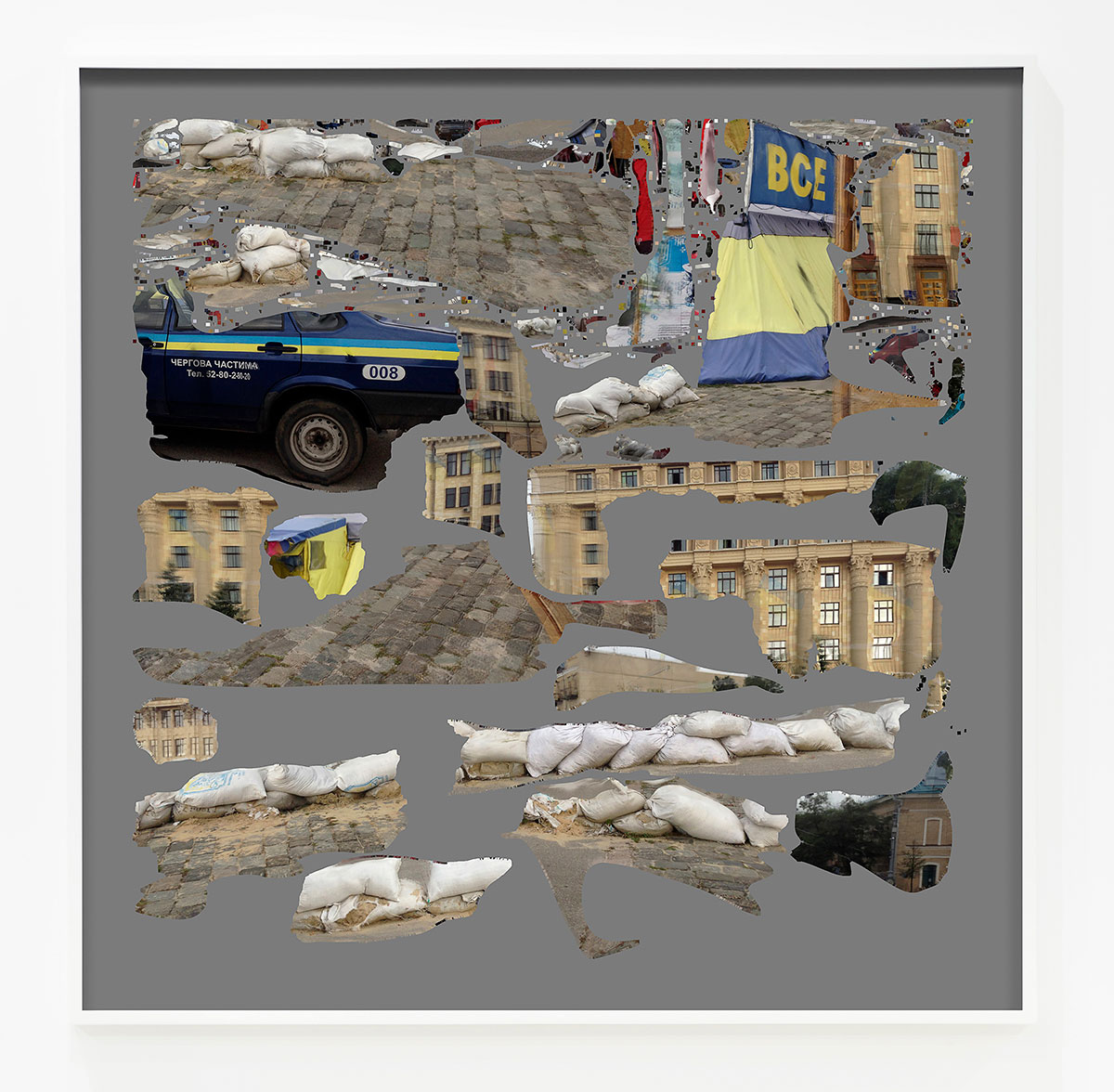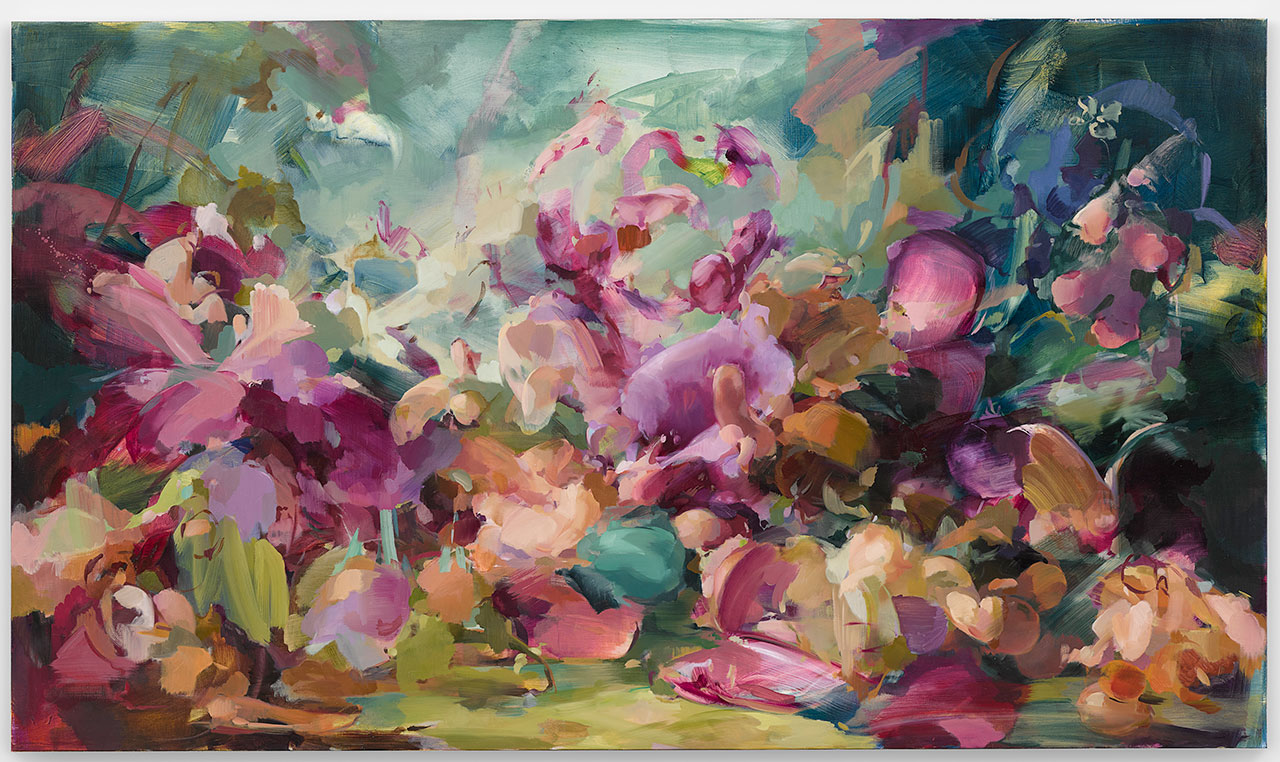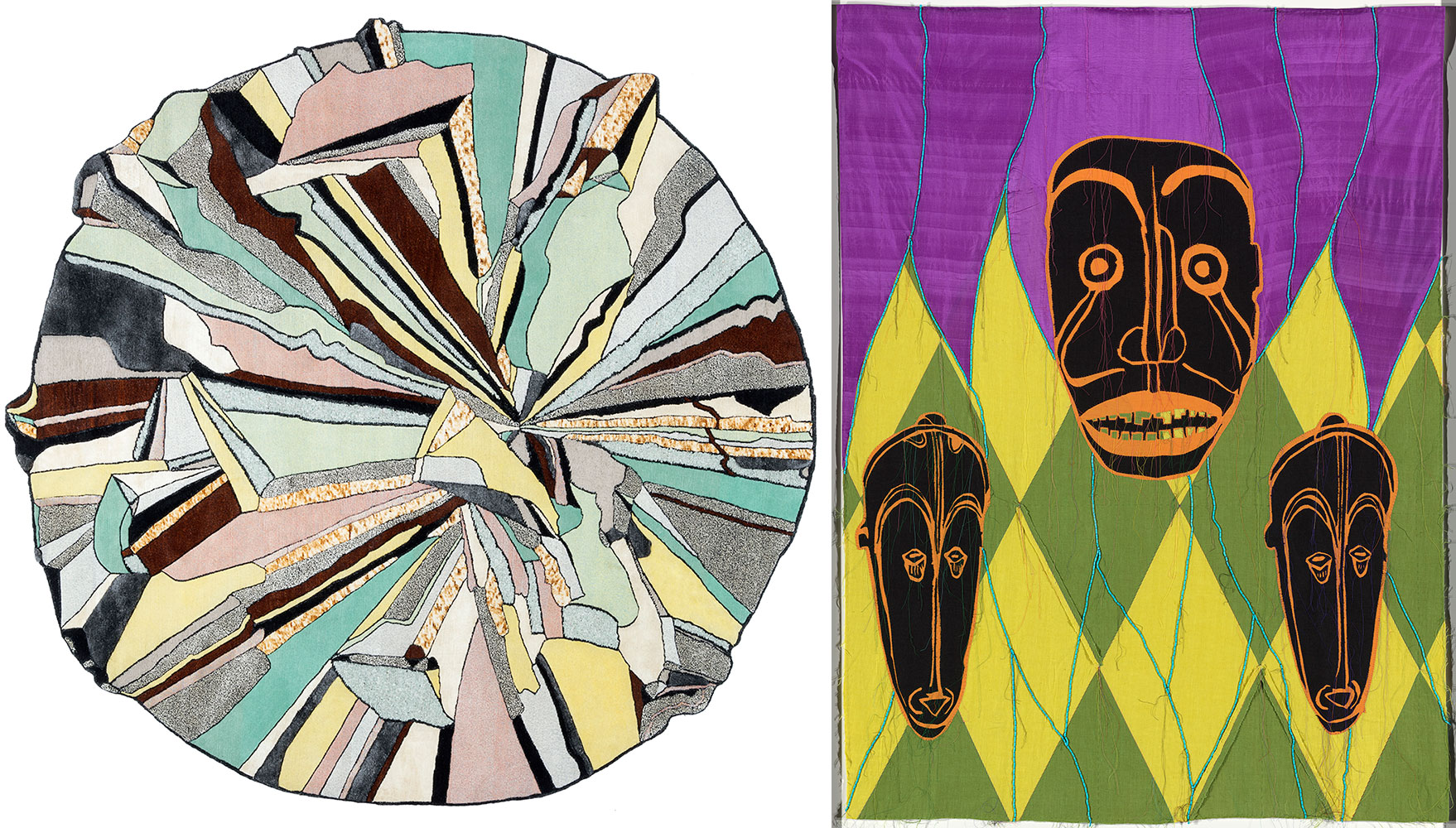TRIENNALLS: NGV Triennial 2023
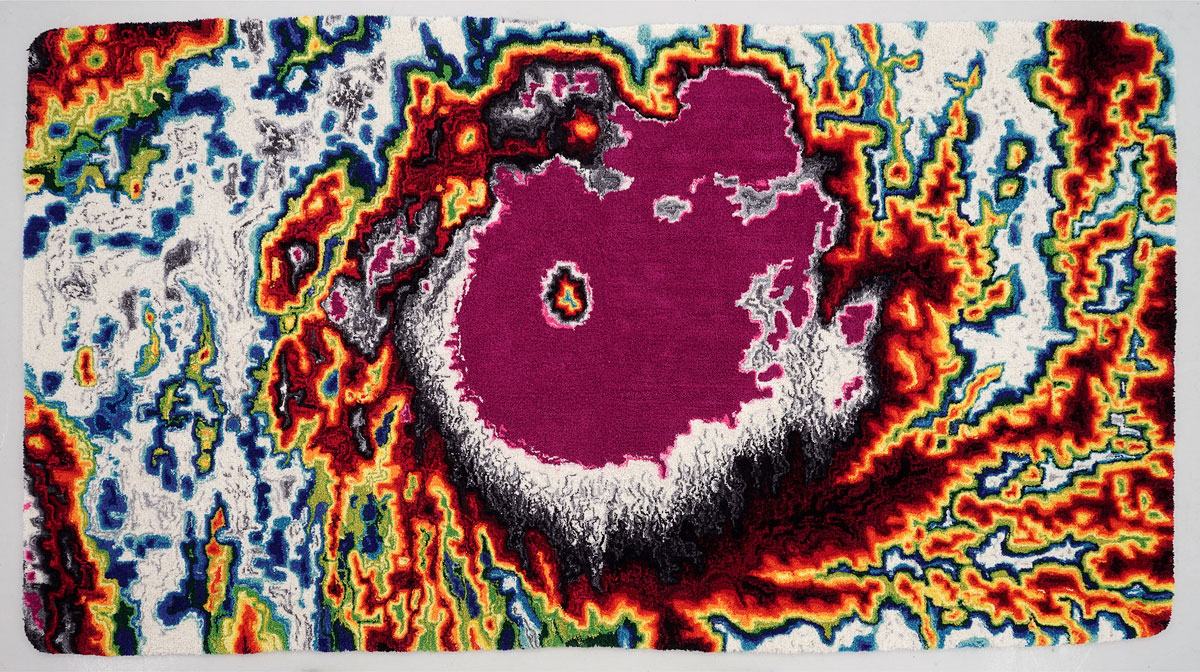 NGV Triennial 2023 is a powerful and moving snapshot of the world today as captured through the work of 120 artists, designers, and collectives at the forefront of global contemporary practice. Bringing contemporary art, design and architecture into dialogue with one another and traversing all four levels of NGV International, the NGV Triennial features more than 100 projects that invite us to reflect on the world as it is, while also asking how we would like it to be.
NGV Triennial 2023 is a powerful and moving snapshot of the world today as captured through the work of 120 artists, designers, and collectives at the forefront of global contemporary practice. Bringing contemporary art, design and architecture into dialogue with one another and traversing all four levels of NGV International, the NGV Triennial features more than 100 projects that invite us to reflect on the world as it is, while also asking how we would like it to be.
By Dimitris Lempesis
Photo: NGV Triennial 2023 Archive

At Melbourne’s NGV Triennial 2023, artists consider three themes “Magic”, “Matter” and “Memory”. Visitors are greeted before they enter the building by a number of public artworks including a billboard by Yoko Ono declaring “I LOVE YOU EARTH”, David Shrigley’s phallic thumbs-up sculpture and, installed in the moat outside NGV, a monumental bronze eel trap by Wurundjeri artist Aunty Kim Wandin that references the craft and connections to land and water of local First Peoples. Inside, NGV’s curatorial team have installed a vast and eclectic collection of recent acquisitions, new commissions and artworks that speak to the times we are living in. In the foyer, two large-scale sculptures by Thomas J Price highlight and seek to help correct the inadequate and prejudiced representations of Black people in art and the media. Some artists have their work installed in standalone galleries – such as the standout installation “Mun-dirra”, a monumental 100m-long woven fish fence which took 13 women artists from the Burarra language group working with three apprentices two years to create. A room by Elmgreen & Dragset brings together four works from across their practice, including “What’s left, fig. 2”, where a realistic sculpture of a man hangs singlehandedly from a tightrope, and “The Balcony”, where a metallic figure leans over the balcony, apparently photographing visitors. Elsewhere, works are interspersed in NGV’s permanent collections of art, design and fashion. Works by Tracey Emin include a 5m-high text-based neon light installation, while Agnieszka Pilat presents AI-enabled robot dogs that have been trained to paint. In a special collaboration with Paris haute couture house Maison Schiaparelli, the NGV has invited artistic director Daniel Roseberry to present eight looks from recent collections alongside a selection of gilded accessories and surreal body adornments. Presented within an immersive and celestial environment, the display highlights Roseberry’s interest in pushing the boundaries of couture practice, his belief in fantasy and his view that art and fashion can question, shape and address the concerns of contemporary life. Agnieszka Pilat explores the relationship between humans and machines that is now almost symbiotic. Machines rely on humans to build, program and operate them and we rely on machines to keep our technology-dependant society running smoothly. The more autonomous machines become, they are also potentially more useful, but the question of just how independent, or human-like we want machines remains unanswered. Beyond their utilitarian function, how would we feel if machines could show care for us? Would we care more for them? “Heterobota” tests our threshold for machines to exist outside of servitude and develop their own creative pursuits. Here, audiences are invited into the home of four-legged robots – Basia Spot, Omuzana Spot and Bunny Spot – to observe and interact with them as they go about their daily routines. Playing, resting and painting in their studio, the robots make their own artworks and their behaviours and creative capacity seemingly echoes our own. While futuristic for our current time, the artwork produced by the robots represents a basic stage of machine-made painting. As the first paintings made semi-autonomously by robots, the shapes, patterns and mistakes they make reflect this moment in technological history. As artificial intelligence and robotics continue to accelerate and converge could it be possible that a future race of sentient robots look back at these paintings as the ‘neolithic artefacts’ of their distant forebears? Julian Charrière uses sculptural objects and images – both moving and still – to explore the connections between human activity ecology, and time. In this work, contrasting elements – a monumental fountain and fire – echo the coexistence of oppositional forces. Symbolically for the artist, water represents life, the fountain represents humanities striving, while fire signifies civilisation’s birth, but also potential destruction. Beneath political debates and philosophical reflections of carbon, ecology and climate, there lies the original autonomous state of the planet, free from all human control. Primordial and timeless, beneath us a reservoir of 1.6 billion cubic kilometres of magma flows eternally. This enormity is veiled beneath layers of crust, far beyond our direct experience. Seemingly in control, humanity’s achievements and concerns are inconsequential when measured in the vastness of earth time.
For more than seven decades, Paris-based, American artist Sheila Hicks has worked with textiles to challenge traditional boundaries between art forms. She studied painting with Bauhaus artist and designer Josef Albers at Yale University, and gained insight into pre-Columbian weaving with art historian George Kubler. Hicks has lived and worked in Chile, Mexico, South Africa, India, Morocco, Japan and Saudi Arabia. Informed by these extensive periods of time – travelling, living and working around the world – her depth of knowledge of materials and form is communicated through knotted, weaved and tied sculptural forms. Piled high, the colored boulders of “Nowhere to go” demonstrate Seila Hicks’s capacity to change the experience of a space through large-scale, site-specific sculpture. Sitting in opposition to the hard surfaces of the surrounding architecture, “Nowhere to go” communicates Hicks’s attention to abstraction, color theory and painterly gesture. Ryan Gander’s experimental practice can be understood as a compilation of clues staged by the artist for the viewer to solve. ‘The great potential of art is its ability to remain open, and to resist closure’, explains the artist. In “The End”, the final work in a trilogy of animatronic mice, Gander calls into question the age we live in. The artist speculates existential and philosophical ideas through an animatronic mouse sculpture voiced by one of his young daughters. Drawing parallels between construction and storytelling, Gander’s work invites an intriguing and playful opportunity to reckon with some of the biggest ideas that face humanity: climate change, the effects of our technology-led age and ‘the end’. Challenging the capitalist colonisation of Black beauty and identity, Tiff Massey rejects the Eurocentric aesthetics in advertising aimed at Black women. Each of these twenty-two traditionally Black hairstyles is a testament to the cultural significance of Black hair, an emblem of resistance and resilience. Massey’s tableau unfolds against a backdrop image of a salon, teeming with white mannequins – a reminder of the beauty industry’s pervasive use of Caucasian models to peddle products for Black women. This work is a critique of marketing strategies that surreptitiously invalidate the Black aesthetic in favour of a Eurocentric ideal. It asks the viewer to grapple with the uncomfortable truth of the pervasive racial bias inherent in our society’s beauty norms. The industrialisation of meat production saw the slaughter of animals move from agrarian, domestic or butcher-shop settings into large-scale slaughterhouses away from the public gaze. The separating of meat from its corporeal source has contributed to a culture of consumption removed from the environmental and ethical implications of mass-produced meat. Basse Stittgen’s “Blood record” reconnects us to the realities of industrial abattoir production where animals are dismembered and transformed into a consumable commodity. Materialised as a record pressed from discarded cow blood, a by-product of the meat industry, this artwork amplifies the sound of a cow’s heart beating to reconnect us to the visceral reality of the food we eat. Iván Navarro’s work encapsulates far more than visual manipulation. It critiques social and cultural environments shaped by political governance. The work resembles a portal to travel through – but from where to where? How do we enter? And once in ‘the system’ could we ever get out? – “Mirage trans” draws on the artist’s memory of his home country of Chile, where electricity was used as an instrument of torture and frequent power cuts isolated and terrorised citizens. The tunnel of small light bulbs is a social commentary on the oppressive tactics employed by Augusto Pinochet’s authoritarian regime (1973–90). This work reflects upon and questions the dynamics of power, control and capitalism that shape existence. Visitors that make it into NGV’s garden will find Nic Brunsdon’s experimental architectural commission “(This is) Air” that changes shape throughout the day as it expands and releases air, to draw attention to the universal act of breathing. It is hard to take in NGV Triennial in one visit, partly due to the expansive nature of the exhibition and partly due to the huge crowds it attracts.
Photo: Artwork from NGV Triennial 2023, Courtesy National Gallery of Victoria
Info: NGV Triennial 2023, National Gallery of Victoria, NVG International, 180 St Kilda Road, Melbourne, Australia, Duration: 3/12/2023-7/4/2024, Days & Hours: Daily 10:00-17:00, www.ngv.vic.gov.au/
